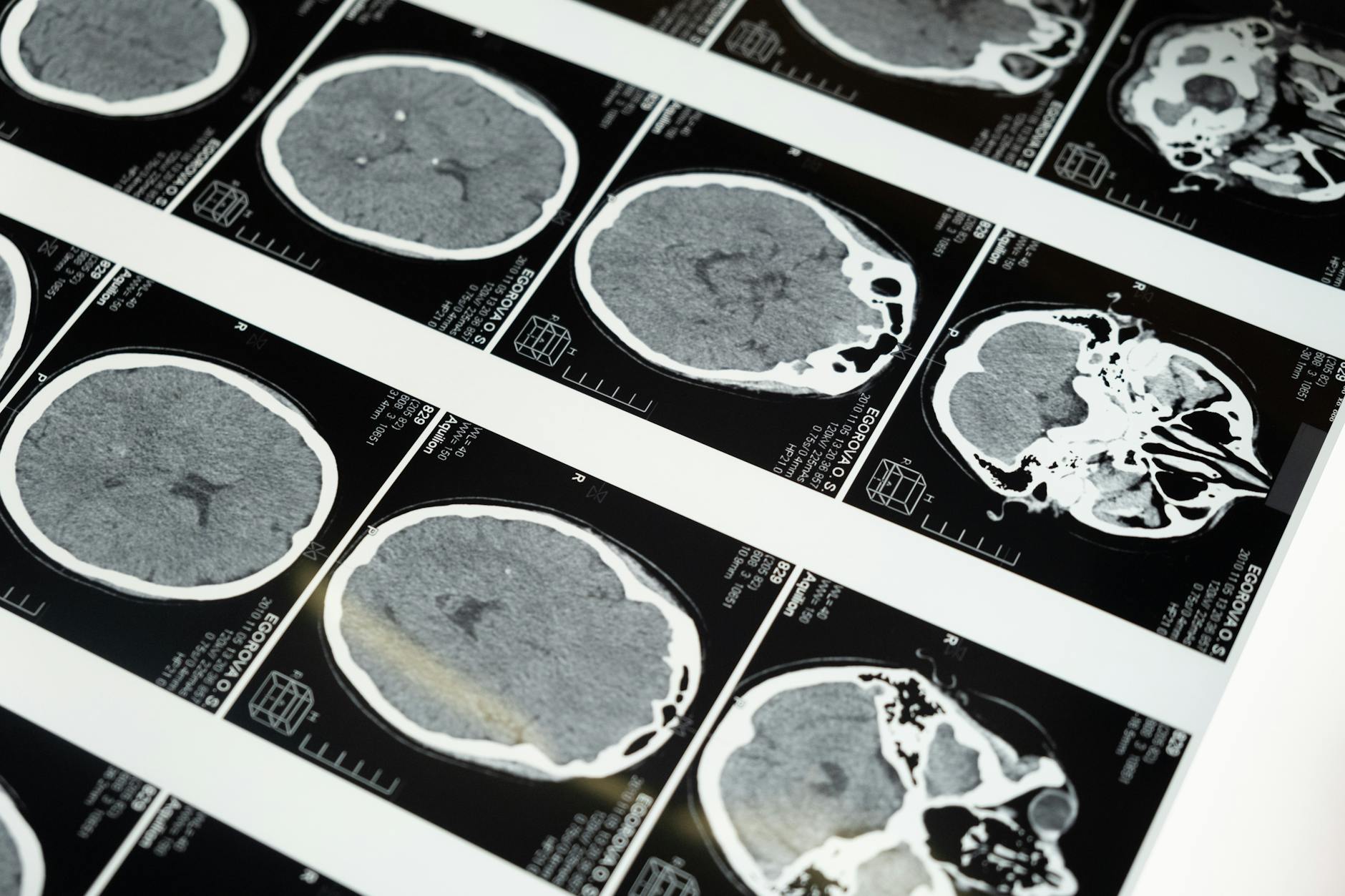Discover the groundbreaking research revolutionizing the treatment of Parkinson’s Disease and how it’s changing the lives of millions worldwide.
Table of Contents
Parkinson’s disease is a neurodegenerative disorder that affects millions of people worldwide. It is characterized by tremors, stiffness, and difficulty with movement. However, researchers and medical professionals have been working tirelessly to find new breakthroughs and treatments to improve the quality of life for those living with Parkinson’s. In this blog post, we will explore the latest advancements in Parkinson’s disease research that are shaking things up in the medical field.
Parkinson’s Disease: Understanding the Basics
Before delving into the latest breakthroughs, it is essential to understand the basics of Parkinson’s disease. Parkinson’s is caused by the loss of dopamine-producing neurons in the brain, leading to a range of motor and non-motor symptoms. These symptoms can include tremors, slowness of movement, rigidity, and balance problems. Parkinson’s can also cause cognitive changes and mood disorders.
Current Treatment Options
Traditionally, Parkinson’s disease has been managed through medications that help to increase dopamine levels in the brain. Deep brain stimulation surgery has also been used for individuals with advanced stages of the disease. Physical therapy and lifestyle modifications can help manage symptoms and improve overall quality of life for those living with Parkinson’s.
Breakthrough Research in Parkinson’s Disease
One of the most significant breakthroughs in Parkinson’s disease research is the development of treatments targeting alpha-synuclein, a protein found in clumps in the brains of individuals with Parkinson’s. These therapies aim to prevent the aggregation of alpha-synuclein and halt the progression of the disease.
2. Stem Cell Therapies
Stem cell therapies offer promising potential for treating Parkinson’s disease by replacing damaged neurons in the brain. Researchers are exploring ways to use stem cells to regenerate dopamine-producing cells and restore lost function in individuals with Parkinson’s.
3. Wearable Devices for Monitoring Symptoms
Advancements in wearable technology have enabled researchers to develop devices that can monitor symptoms of Parkinson’s disease in real-time. These devices can track movement, sleep patterns, and tremors, providing valuable data for healthcare providers to adjust treatment plans accordingly.
| Research Breakthrough | Description | Impact |
|---|---|---|
| Gene Therapy | New gene therapy techniques have shown promising results in targeting specific genes related to Parkinson’s disease, offering potential for more personalized treatment options. | Potential for more effective and targeted treatment methods, leading to improved patient outcomes. |
| Deep Brain Stimulation | Advancements in deep brain stimulation technology have led to more precise targeting of brain regions involved in Parkinson’s symptoms, reducing side effects and improving treatment efficacy. | Improvement in symptom management and quality of life for patients with Parkinson’s disease. |
| Neuroprotective Therapies | New neuroprotective therapies are being developed to slow down the progression of Parkinson’s disease by protecting and preserving neurons in the brain. | Potential to delay disease progression and improve long-term outcomes for patients. |
Future Directions in Parkinson’s Research
The field of Parkinson’s disease research is continuously evolving, with new breakthroughs emerging each year. Researchers are exploring novel therapies, including gene therapy and immunotherapy, to target the underlying causes of Parkinson’s disease and provide more effective treatments for individuals living with the condition.
Conclusion
As researchers continue to make strides in understanding and treating Parkinson’s disease, there is hope on the horizon for improved outcomes and quality of life for individuals living with this challenging condition. By staying informed about the latest breakthroughs in Parkinson’s disease research, we can all contribute to a future where Parkinson’s is more effectively managed and potentially cured.
FAQs
What are the common symptoms of Parkinson’s disease?
Answer 1: Common symptoms of Parkinson’s disease include tremors, stiffness, slowness of movement, and balance problems. Cognitive changes and mood disorders can also occur.
How is Parkinson’s disease traditionally treated?
Answer 2: Parkinson’s disease is traditionally treated with medications that increase dopamine levels, deep brain stimulation surgery, physical therapy, and lifestyle modifications.
What are some of the breakthrough research areas in Parkinson’s disease?
Answer 3: Breakthrough research areas in Parkinson’s disease include therapies targeting alpha-synuclein, stem cell therapies, wearable devices for symptom monitoring, gene therapy, deep brain stimulation, and neuroprotective therapies.
What are the future directions in Parkinson’s research?
Answer 4: Future directions in Parkinson’s research include exploring novel therapies such as gene therapy and immunotherapy to target the underlying causes of the disease and provide more effective treatments for individuals with Parkinson’s.





